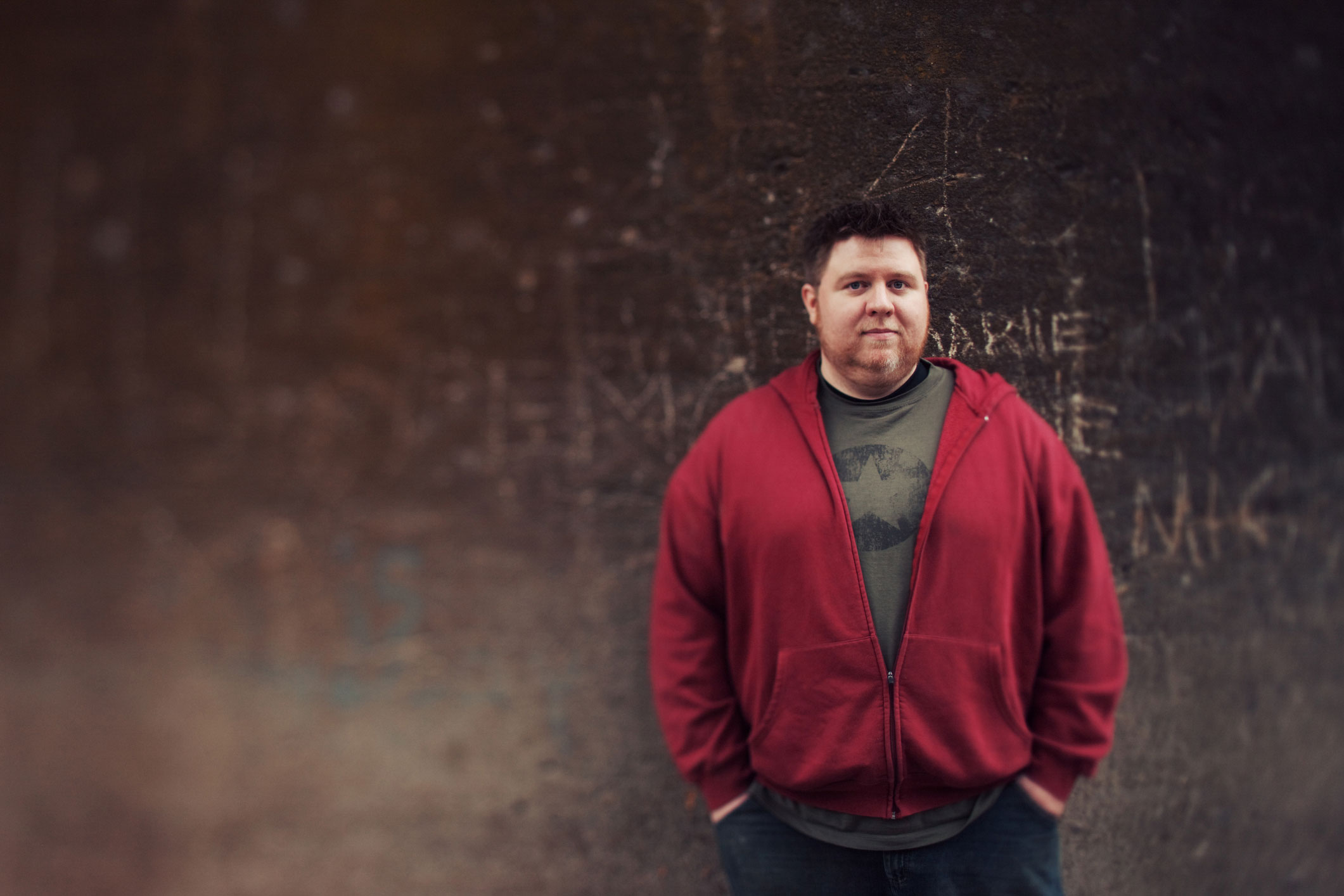By Karen Colt, M.Ed, LADC
Program Director, RiverEast
Tragically, within the time it would take to read this article, three to four people will have died by suicide worldwide.
According to the Centers for Disease Control and Prevention (CDC) and the World Health Organization (WHO), 800,000 people die by suicide each year – roughly one death every 40 seconds.
Suicide is and continues to be a growing health crisis in the United States, ranking as the 10th-leading cause of death. Worldwide, suicide is the second-leading cause of death for those 15-24 years old.
Although a complete report on the pandemic’s effect on suicide rates is not yet available, the CDC has released information reporting a 31 percent increase in youth suicide attempts between January 2019 and May 2021.
Unfortunately, nearly half of all Americans do not seek treatment for depression or suicidal thoughts. People experiencing chest pain are likely not ashamed to seek help and will follow the advice of a medical professional. They are probably encouraged by family and friends to receive treatment and are not blamed for their symptoms. Most people recognize that chest pain could be a sign of something serious – so why don’t we recognize the risk factors for suicide?
Although risk factors do not cause or predict a suicide, they make it more likely someone will consider, attempt or die by suicide. For example, about 60 percent of individuals who die by suicide have a history of mental health problems.
Common risk factors include:
- mental health problems;
- alcohol or substance use disorders;
- hopelessness;
- impulsivity;
- trauma history;
- chronic illness;
- previous suicide attempt;
- family history of suicide;
- loss of relationship or death of a loved one;
- financial stressors;
- homelessness;
- easy access to lethal means;
- social isolation.
Not everyone who has suicidal thoughts will act on them. Unfortunately, the only way to know who will attempt or die by suicide is after it has happened. It is difficult to predict who will attempt or die from suicide, but there are some signs that someone is struggling and may need help.
Warning signs may include:
- sense of hopelessness and helplessness;
- difficulty eating;
- sleeping more or less than normal;
- social isolation;
- loss of interest in previously pleasurable activities;
- extreme changes in behavior;
- preoccupation with death and dying;
- talking about committing suicide or wishing they were dead;
- giving away prized possessions or saying goodbye to people;
- previous suicide attempts;
- increased drug or alcohol use;
- researching ways to die;
- obtaining means to kill themselves, such as stockpiling medications or obtaining a gun.
There are several things we can all do to help those around us who may be struggling. Be a supportive listener, know the warning signs, reduce access to lethal means of suicide and talk about it.
If you’re worried about yourself, or someone else, it’s important to reach out for help. Call 911 for immediate help or 211 to talk to a crisis counselor. You can also contact the National Suicide Prevention Lifeline 24/7 to speak to a certified listener. This free, confidential service can be accessed by visiting suicidepreventionlifeline.org and by texting TALK to 741741.
If you think you or someone you know may benefit from seeing a mental health professional, Natchaug Hospital can help. Natchaug offers both inpatient and outpatient treatment options with individual and group therapy. Telehealth is available for those who need it.
Natchaug Hospital offers mental health and addiction treatment for children, adolescents and adults through a network of community-based programs in Danielson, Dayville, Enfield, Groton, Mansfield, Norwich, Old Saybrook, Vernon and Willimantic. For more information, click here or call 860.456-1311.


